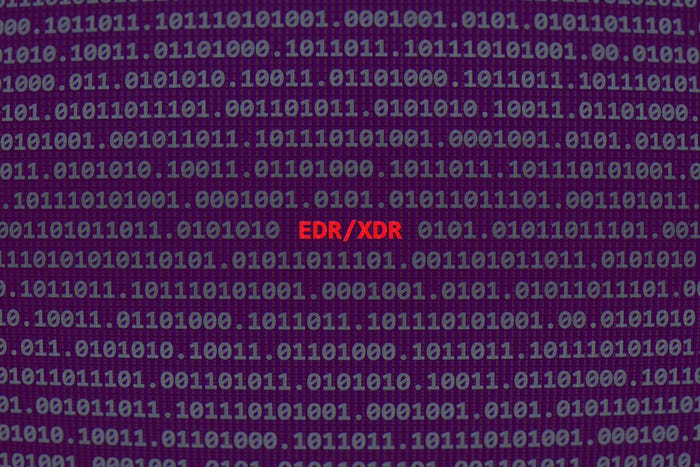Cloud and network security analysts outline trends and priorities businesses should keep top of mind as they grow more reliant on cloud.

The transition to the cloud is underway at most organizations. As more people rely on cloud infrastructure and applications, security teams have to rethink several aspects of security, from the structure of their security operations center to software-as-a-service control.
"Cloud is like everything you've used before, except that everything is completely different," said Steve Riley, senior director of research at Gartner, in a session at the 2020 Security and Risk Management Summit, in mid-September. "It's huge, it's dynamic, it's self-service, [and] it exists outside traditional spheres of control."
Discussions of cloud security are often complicated because different people have different ideas of what constitutes cloud computing and what their personal roles and interests are, Riley said. It's incumbent on organizations to focus their attention on aspects of cloud security they can control: identity permissions, data configuration, and sometimes application code. Most cloud security issues that organizations face fall under these three areas.
"The volume of cloud usage is increasing, the sophistication is increasing, the complexity is increasing, [and] the challenge is learning how to better utilize the public cloud," Riley said.
A growing dependence on the cloud will also force businesses to rethink the way they approach network security, said Lawrence Orans, research vice president at Gartner, in a session on the subject. The future of network security is in the cloud, and security teams must keep up.
The changes related to cloud adoption extend to the security operations center, which analysts anticipate will take a different form as more businesses depend on the cloud, adopt cloud security tools, and support fully remote teams. These shifts will demand a change in thinking for security operations teams.
"One thing that we realized after talking to many organizations is that … the jump to the cloud is really more a cultural than a technology leap," said Gorka Sadowski, senior director and analyst at Gartner. "It's really this new normal that is appearing."
In the following pages, we outline insight, trends, and advice from analysts who leveraged their expertise to share how cloud and network security will change in the years to come – and how organizations should respond.
About the Author(s)
You May Also Like
Beyond Spam Filters and Firewalls: Preventing Business Email Compromises in the Modern Enterprise
April 30, 2024Key Findings from the State of AppSec Report 2024
May 7, 2024Is AI Identifying Threats to Your Network?
May 14, 2024Where and Why Threat Intelligence Makes Sense for Your Enterprise Security Strategy
May 15, 2024Safeguarding Political Campaigns: Defending Against Mass Phishing Attacks
May 16, 2024
Black Hat USA - August 3-8 - Learn More
August 3, 2024Cybersecurity's Hottest New Technologies: What You Need To Know
March 21, 2024




